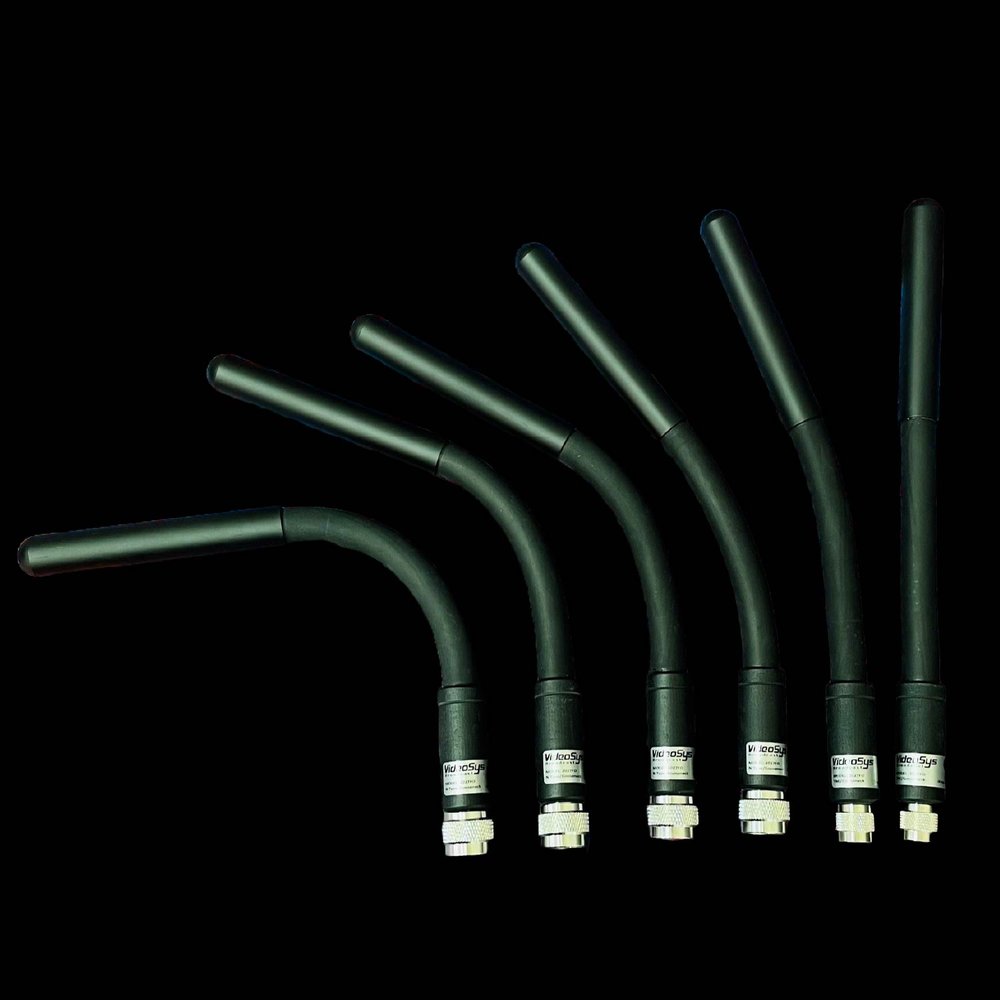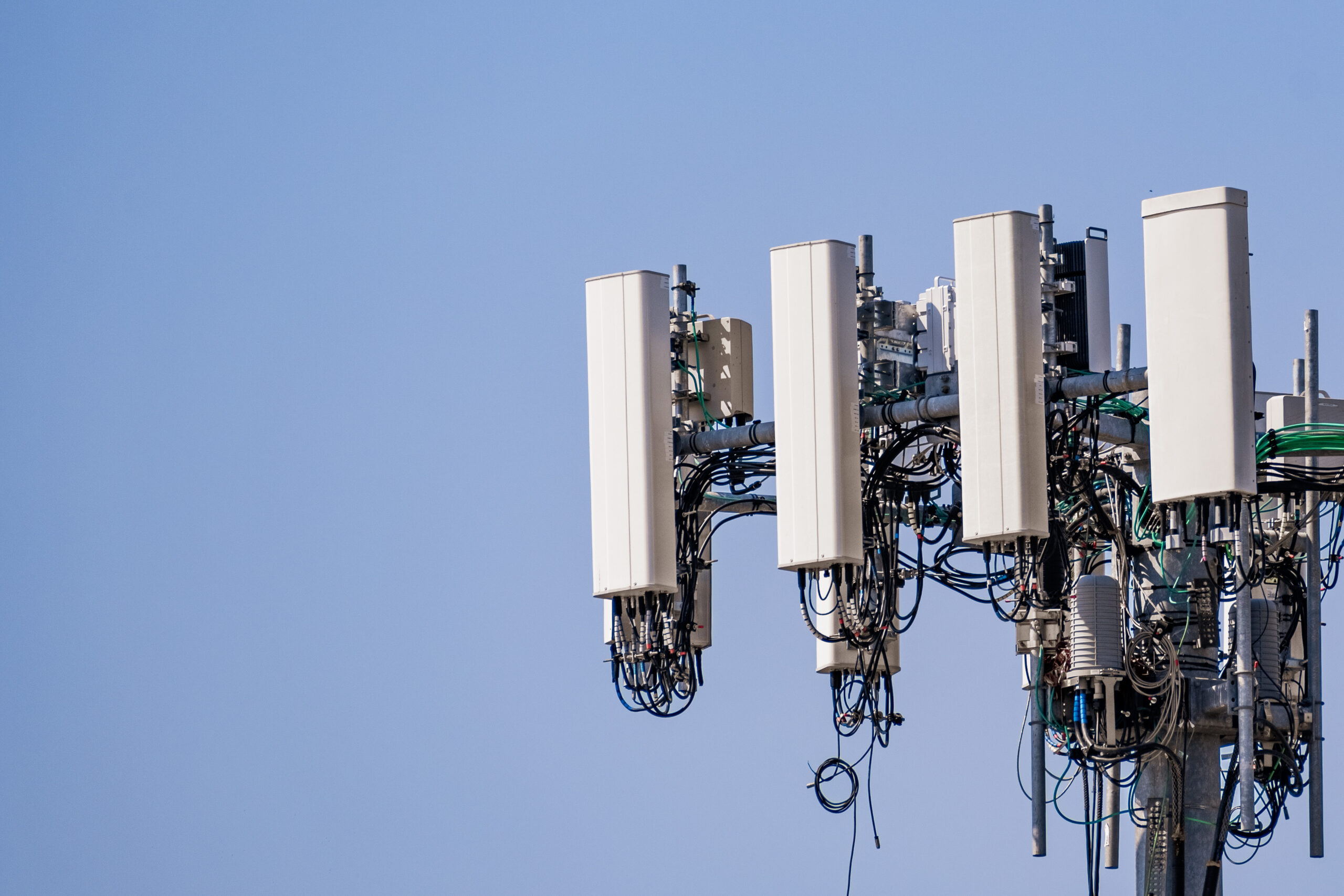Matching Antenna Polarization to Improve Signal Strength
In the intricate dance of wireless communication, where signals travel through the air to connect devices and networks, the alignment of antenna polarizations plays a crucial role in determining the strength and reliability of these connections. While it might seem like a technical detail easily overlooked, understanding the significance of matching antenna polarizations can unlock valuable insights into optimizing signal strength and enhancing communication performance. So, let’s explore how this seemingly simple concept can make a significant difference in wireless connectivity.
What is Antenna Polarization?
Antenna polarization refers to the orientation of the electromagnetic waves radiated or received by an antenna. In most cases, antennas are designed to radiate or receive waves with a specific polarization, typically either linear or circular. Linear polarization involves waves oscillating in a straight line, while circular polarization entails waves rotating in a circular motion as they propagate through space.
The Importance of Polarization Matching
When transmitting and receiving signals, aligning the polarizations of antennas can significantly impact signal strength and quality. Matching antenna polarizations helps minimize signal degradation caused by polarization mismatch, thereby improving communication reliability and performance. Here’s how polarization matching enhances signal strength:
- Reducing Signal Attenuation: When signals encounter obstacles or reflect off surfaces in the environment, polarization mismatch can lead to polarization loss, where a portion of the signal’s energy is lost due to the misalignment of polarizations. By ensuring that transmitting and receiving antennas have matching polarizations, polarization loss is minimized, resulting in stronger and more reliable signal reception.
- Mitigating Multipath Interference: In wireless communication, signals often reach the receiver via multiple paths due to reflections and scattering from surrounding objects. When the polarizations of these multipath signals differ from that of the intended signal, they can interfere with each other, leading to signal distortion and degradation. Matching antenna polarizations helps mitigate multipath interference, improving signal clarity and integrity.
- Enhancing Signal-to-Noise Ratio: Signal-to-noise ratio (SNR) is a critical metric that measures the ratio of signal power to noise power in a communication system. Polarization mismatch can introduce additional noise into the received signal, reducing the SNR and degrading communication performance. By aligning antenna polarizations, the signal-to-noise ratio is optimized, resulting in clearer and more robust communication links.
Practical Applications
Matching antenna polarizations is essential across various wireless communication scenarios, including:
- Wi-Fi Networks: In Wi-Fi installations, ensuring that the polarizations of access points and client devices match improves signal coverage and performance, especially in environments with obstacles or interference.
- Satellite Communication: Satellite antennas must align their polarizations with those of orbiting satellites to maximize signal strength and reliability, particularly in critical applications such as remote sensing and weather forecasting.
- Radio Frequency Identification (RFID): RFID systems rely on polarization matching to ensure accurate and reliable reading of tags, particularly in environments with metallic or reflective surfaces that can cause polarization distortion.
Conclusion
Matching antenna polarizations is a simple yet powerful technique for improving signal strength and reliability in wireless communication systems. By understanding the impact of polarization mismatch and taking steps to align antenna polarizations, engineers, network operators, and system integrators can optimize communication performance and enhance user experience. In a world where connectivity is more essential than ever, harnessing the benefits of polarization matching can pave the way for more robust, resilient, and efficient wireless networks, connecting people and devices with greater reliability and ease.








